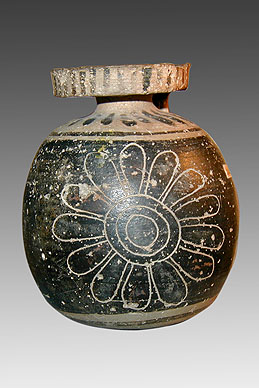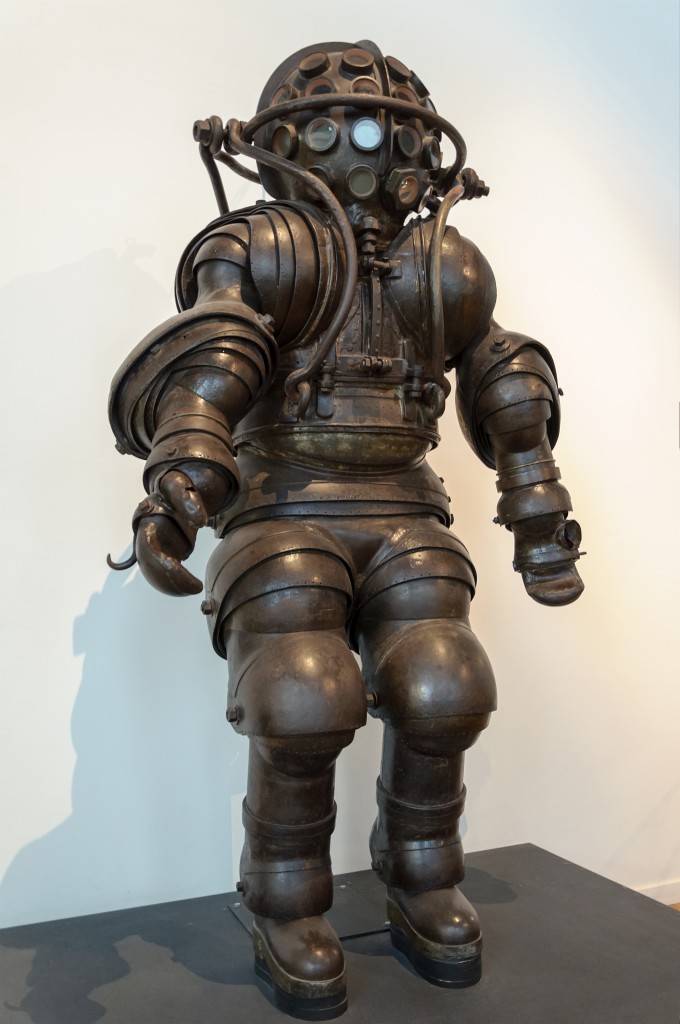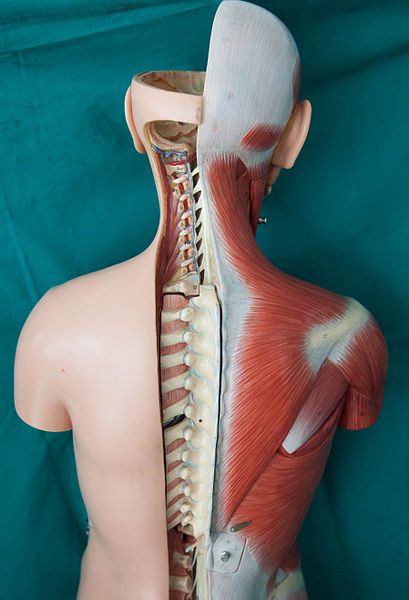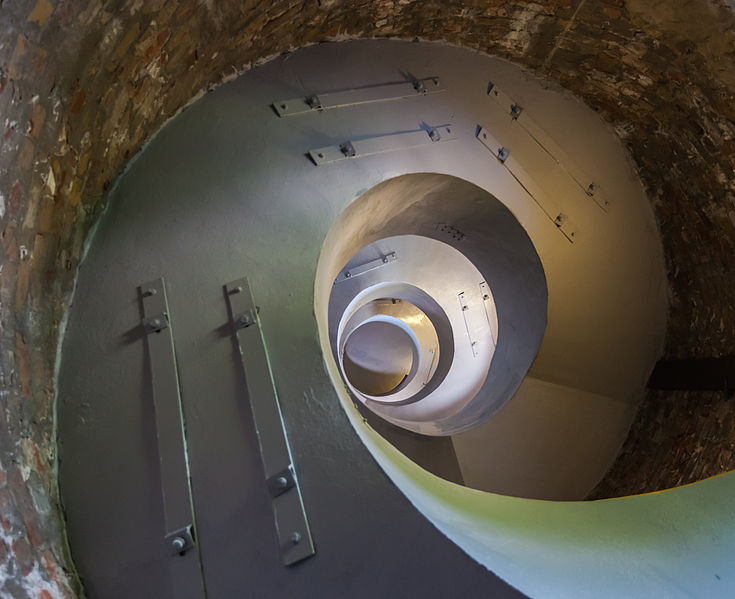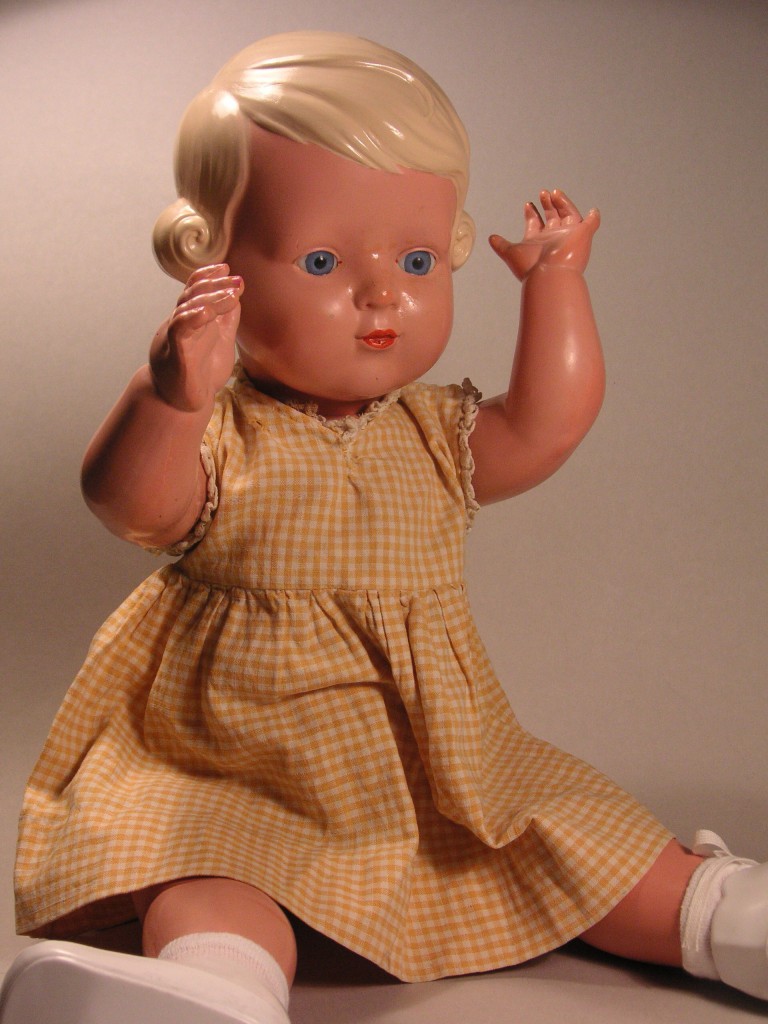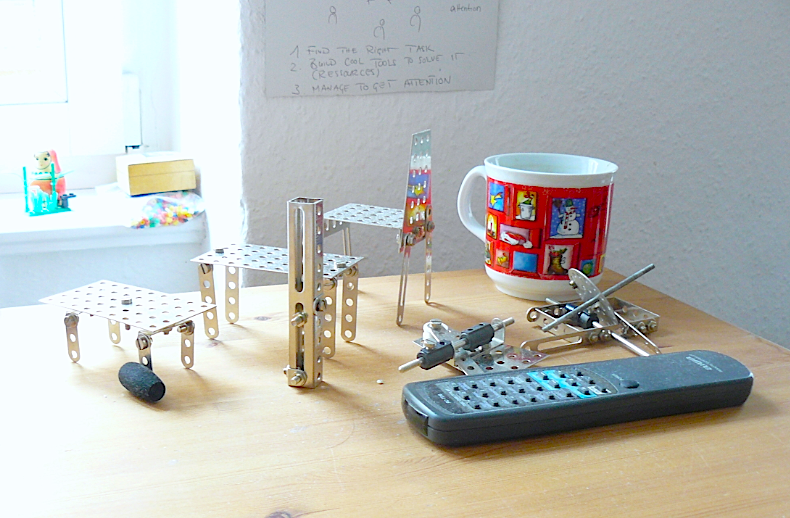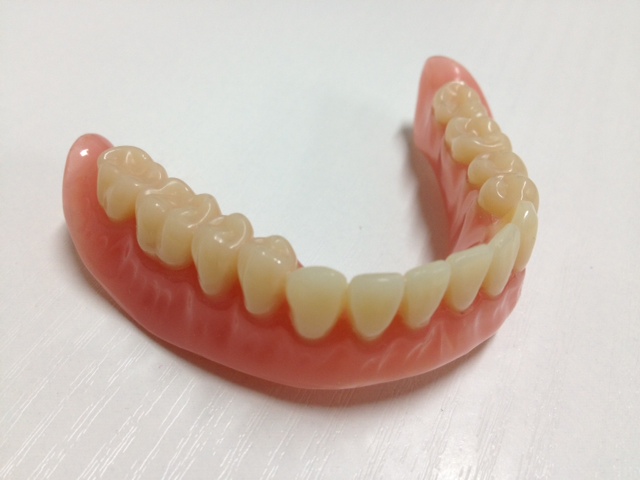„Open Design“ or „Open Source Hardware“? Lets talk about what?
(en; de)
There is a problem in the field of open source hardware. What do we mean with “hardware”? I know what I mean: hardware is any physical object or artefact – from a knife to a smartphone, from a puppet to a whole power-plant. But unfortunately and especially in Europe a lot of people tend to think hardware only means electronic hardware.
And there you got a problem. Because if you talk about “open source hardware” to this people they don’t get the whole picture. For them a vase is not hardware it is design. So you would have to talk about “open source hardware” or “open design” and figure out which term to use when or constantly use both terms to introduce the open source mindset to someone. We have a problem to create clear communication, and therefore to deliver catchy action ideas.
There are two possible solutions or paths I see. (I you are short on time jump to solution 2 to get the main message.)
1. OPEN DESIGN and OPEN SOURCE HARDWARE
The first one is to keep the difference between design and hardware, make it strong and precise, and then develop two different discourses. But how to do that? How to set a distinct difference and say which object is what. Will the boarder not always remain fuzzy?
Every hardware was designed at some point. And has design-files.
You could try to set a distinct difference by saying: Design is only mechanical products and hardware is electronic products. But this will not remain useful very long since we are at the dawn of the internet of things and almost all objects will get electronic parts or become a sub-part of something bigger that involves electronics.
You could say: Design is a broader term and also means a process. This is a difference, yes. Hardware means physical objects. But so does design often. So this also isn’t helpful to sort objects in different groups.
The law has own ideas/rules when it comes to design. With design we enter a sphere where objects aren’t just objects but also have colours, shapes, surfaces, tastes, are sound-sources or action-supporters; logos and trademarks are design. New parts of the law come in focus (like the trademark law), the complexity grows. This seems to me the main reason and value that people are struggling to create an open design definition: to offer clear guidelines how to make these parts – the “aesthetics” – open as well.
So you could say: hardware is functionalities and design is aesthetics. For example the technical inner-life of a mechanical Mickey Mouse puppet could be open source but the shape is of course not. You can copy the mechanics but you have to insert it into a different puppet. (You could still call this open source hardware then as the definition explicitly supports closed trademarks, and the shape of the puppet could be seen as a trademark.)
So this differentiation looks promising and because of the legal issues even necessary. (Of course the boarders between function and aesthetics can be fuzzy too: Lego tried for decades to protect its function system with trademark law; the shape of a vase might look beautiful but also support certain functionalities.) Yes, for professional use this difference is important! And I hope that the open design definition will offer hardware creators one day clear guidance how to make the parts of their work that are not governed by copyright or patent law open source when it is necessary to keep the original intention intact.
But what does this say for our problem which term to use in daily life and when? The differentiation between functionalities and aesthetics is one between characteristics of objects not necessarily objects themselves. Still an object can belong to both spheres and it is not obvious if it does or not.
What to do? Since it seems not possible to find a stable distinction to divide objects in different groups the solutions is: keep both terms, constantly switch, balance on a trembling frontier; and explain the difficulties with the terms to newbies in the field. This will consume a lot of energy and leave the newbie behind with obscurity instead of individual ideas.
– –
2 _ just HARDWARE
The second solution I see is just to try to change culture a bit, try to change the way people understand the word hardware. Make them aware that we mean “every physical object” when talking about hardware. The simplest way to do this, is just to show examples that some people might see today as design and present them using the word “hardware”. Just use the word like that. A car, pants, puppets, vases, houses – it’s all hardware. This is how Open Source Ecology proceeds. Many of the things they build and develop are mechanical but they are forerunners of open source hardware and present this machines as open source hardware. And I see other people doing the same.
– –
These are the two paths I see. None is perfect. But I choose and vote for the second one for now. For the big picture. Seems easier to make progress with that. And more inspiring.
hardware
hardware
 biological hardware (wet-ware)
biological hardware (wet-ware)
hardware
hardware
hardware
hardware
hardware
PICS 1. Ariball, public domain; 2. Trompette_-_premier_piston_-_montage_perspective, by Guillaume Piolle, CC-BY 3.0; 3. Scaphandre_Carmagnolle_MnM_Paris, by Myrabella, CC-BY-SA 3.0; 4. Back_Anatomy_and_Medulla_Spinalis2, by Hikmet Gümüş, CC-BY-SA 3.0; 5. Trichodectes_canis2, public domain; 6. Faro_de_Hel,_Polonia,_2013-05-23,_DD_08, by Diego Delso, CC-BY-SA 3.0; 7. Schildkroett_Puppe_Inge_1950, by Holger Ellgaard, CC-BY-SA 3.0; 8. 100L.JPG, by SOUVIGNET SAS, CC-BY-SA 3.0; 9. 2012-07-27 17.38.52, by Flickr User_Openwear EDU fashion, CC-BY-NC-SA 2.0; 10. midesksept14, by Lars Zimmermann, CC-BY 4.0; 11. UnterkieferTotalProtheseSmall, by Lucaperabo, CC-BY-SA 3.0; 13. HK_Yau_Ma_Tei_油麻地_Shanghai_Street_上海街, by Yaudre Tai Ming, CC-BY-SA 3.0; 13. Woodlands,_Doncaster_-_geograph.org.uk_-_1081516, by David Hebb, CC-BY-SA 2.0
.
. . .
/* keine deutsche Version dieses Beitrags vorhanden. */
